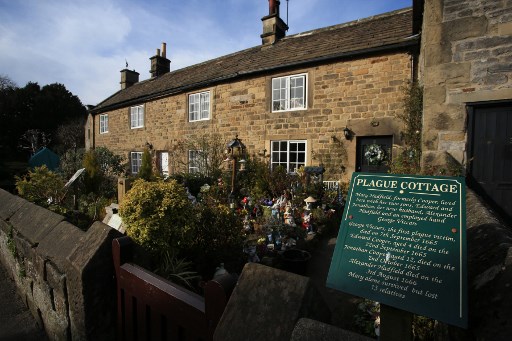
by Lindsey PARNABY, Sylvain PEUCHMAURD
Agence France-Presse
EYAM, United Kingdom (AFP) — In the 17th century, residents in the remote English village of Eyam quarantined themselves to prevent the spread of bubonic plague. Most paid with their lives.
Now their descendants and locals are outraged that a steady stream of visitors have ignored government warnings to stay at home to tackle the coronavirus outbreak.
Last weekend, walkers were out in force in the spring sunshine in the Peak District National Park, and traipsed through the village, which is home to about 1,000 people.
Local councillor Claire Raw said residents, a significant proportion of them elderly, were angry and urged people to leave.
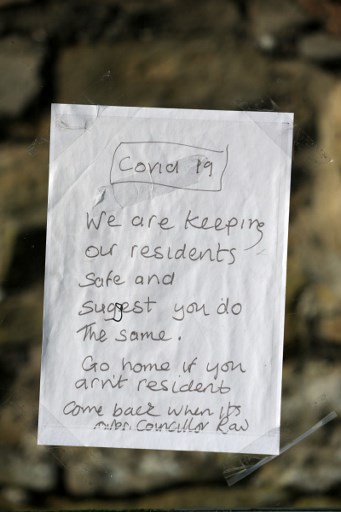
“We need to protect our residential areas that do have higher-than-average proportions of older people,” she told AFP. “We all need to behave responsibly.”
Because of the pandemic, which has so far claimed 335 lives across Britain, the museum that tells the story of the “plague village” has decided not to re-open after the winter break.
Normally, it receives some 30,000 visitors each year. But more than half of its volunteers are aged over 70 — one of the most at-risk groups for the virus.
Plague to COVID-19
In 1665, the bubonic plague arrived in the Derbyshire village of Eyam from London, nearly 150 miles (250 kilometres) further south, carried by fleas in fabrics ordered by a tailor.
As dozens died, the rector of Eyam church, William Mompesson, with the help of his predecessor Thomas Stanley, convinced parishioners the only way to fight it was to shut off the village completely.
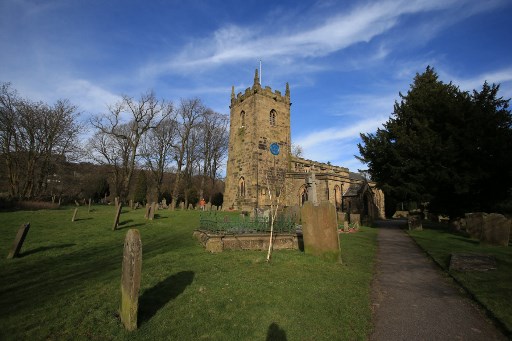
Neighboring communities helped out, leaving food on the edge of the village. Vinegar — the only known disinfectant at the time — was used to keep germs at bay.
The current vicar of St Lawrence’s church, Reverend Mike Gilbert, is currently in self-isolation because his wife has shown symptoms of COVID-19.
During the plague, worshippers gathered outside to pray, keeping their distance from one another.
Now, the church is closed and services have moved online, while Gilbert has been posting videos on Facebook and speaking to parishioners via videoconferencing.
What happened in the past — centuries before modern medicine and science — was driving the current response locally, he said.
“It does inspire others because we know that even though the death toll was terrible, most people did survive,” he explained.
“They came out and life started again. So, we’re hopeful as well.
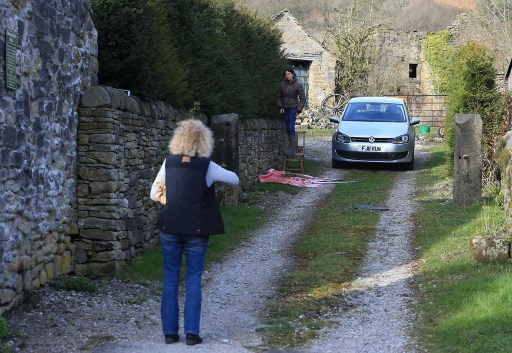
“Our people here are no different to anywhere else. There’s worry and fear and also lots of love and support for people around.
“So when we see that, we see the worst and the best of humankind.”
Lesson from the past
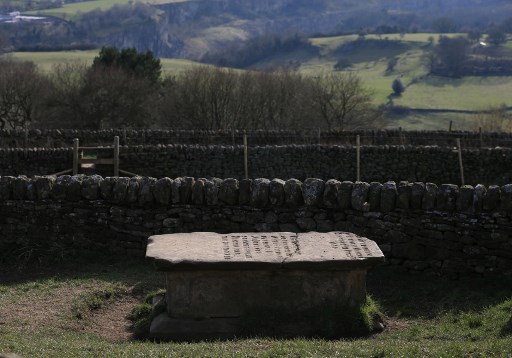
“All the things that they had decided to do were very efficient,” said Francine Clifford, a village historian. “It was successful. But they paid the price.”
In 14 months, some 260 villagers died of plague — perhaps as much as a third of the population, which was estimated at between 350 and 800.
But by November 1666, the disease had disappeared and containment prevented it from spreading further north.
Joan Plant, 73, is descended from one of the 83 families that survived the plague. It was astonishing that history was repeating itself, she said.
But as the government in London imposes a three-week lockdown, with non-essential shops and services shut, and restrictions on crowds, people should look to the past for inspiration.
“I think the lesson at this moment is to remember that they isolated themselves. Nobody went out. Nobody came in,” she said.
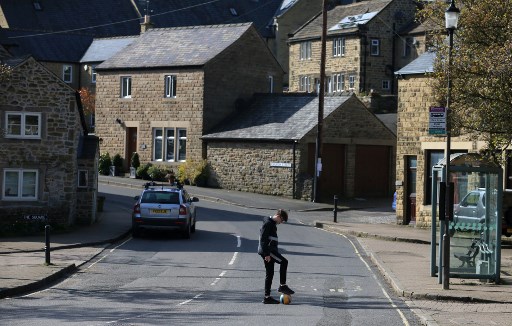
Current restrictions could be in place for weeks, if not months. Plant said people should be aware it is for the greater good.
“I know a lot of people died (in Eyam) and that’s really tragic and sad. But actually, it saved the communities around,” she added.
“It didn’t go any further north in the country. One small village in the north of Derbyshire, 350 years ago, made a difference to everybody else so that it didn’t spread.
“I think that’s the lesson we need to learn. The technique worked 350 years ago. If we take on board what we’re up to do and do as we’re told, then it will work again in 2020.”
© Agence France-Presse







